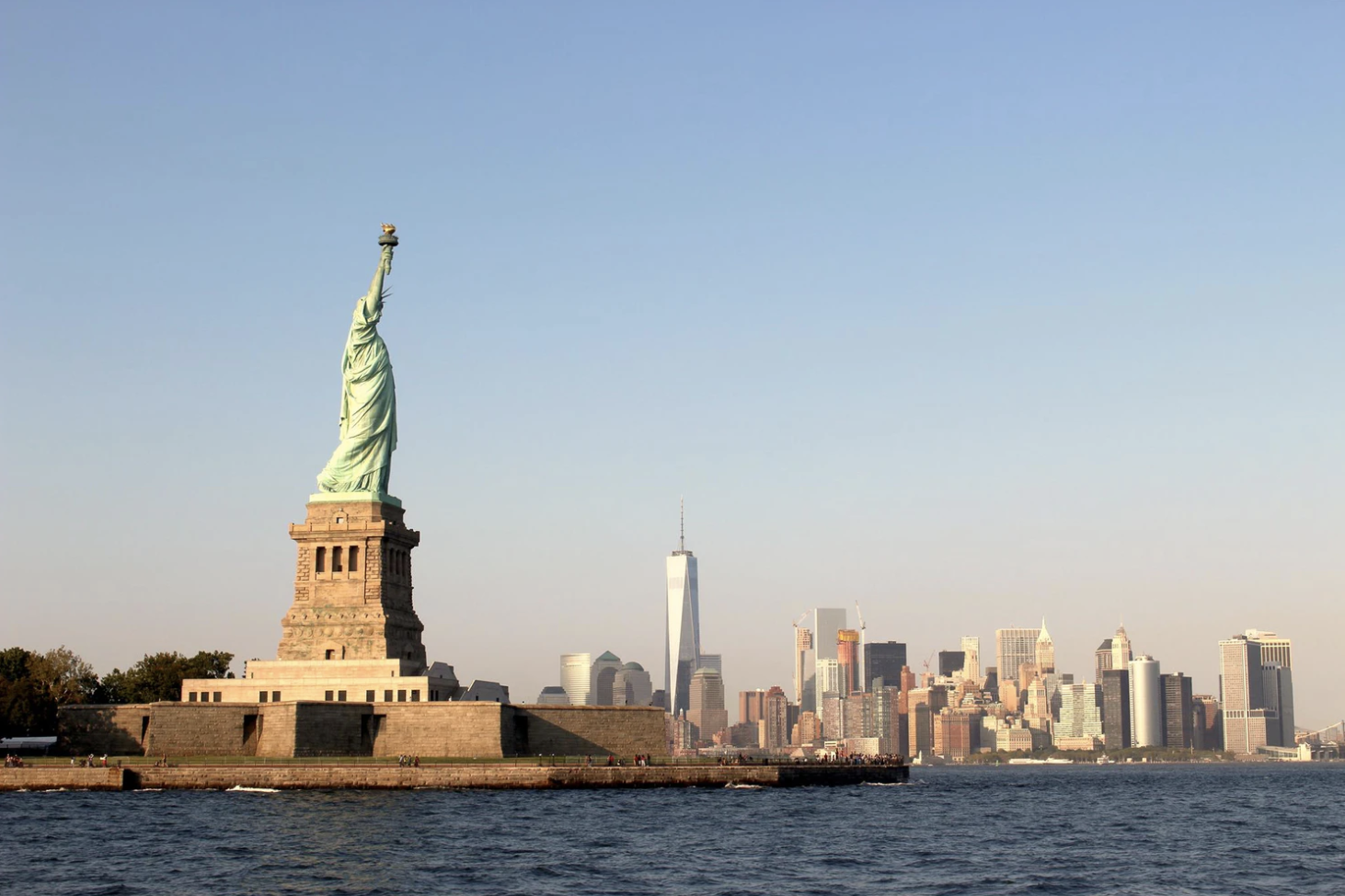While on the campaign trail, former President Donald Trump flip-flopped quite a bit in his rhetoric over the H-1B visa, an employer-sponsored temporary visa that allows companies to hire high-skilled foreign workers for up to 3 years in most cases and 6 years upon extension. Despite his indecisiveness, Trump’s platform was consistent in outlining a clear plan to reduce H-1B-based high-skilled immigration. During his 4 years in office, he executed many parts of that agenda in the form of executive orders and agency action by the United States Citizenship and Immigration Services, resulting in increased denial rates of visa applicants, dampened incentives for American companies to sponsor and hire H-1B workers, and narrowed visa eligibility criteria.
The Trump administration’s justification for such policies almost always included some iteration of “U.S. workers are being ousted from good-paying, middle-class jobs and being replaced by foreign workers.” Most of these actions were eventually either blocked and overturned in federal courts or have now been repealed by the Biden administration, but the actions of the Trump administration are reflective of a long-standing debate in American politics over whether or not H-1B visa holders are indeed taking American jobs.
Frankly, however, there is little debate to be had. The evidence overwhelmingly indicates that high-skilled immigrants do not steal American jobs. Employer demand for H-1B workers far outstrips supply, with 236,000 applications for just 85,000 available visas in 2016. Generally speaking, H-1B workers are hired for one or more of three reasons. First, there are companies that high-skilled American workers are unwilling to work at, whether due to the location of the office, the job description, the company’s reputation and size, or some other factor. Second, there are specialized jobs, like those that require interacting in a foreign language in high-skilled fields like technology or finance, that simply require the skills of a foreign worker. Third, and most importantly, there are not enough highly-educated American workers to fill the increasing demand for high-skilled workers, especially in fast-growing STEM-based industries. Assuming current trends in American education, the healthcare industry is expected to have a shortage of 90,000 medical personnel by 2025, and many tech companies have also reported talent shortages that require them to hire foreign workers to fill gaps. Moreover, in the Midwest particularly, an aging population combined with a declining growth rate in the workforce have made H-1B visas a critical source of employees.
Some politicians argue that, beyond simply displacement, H-1B visas outsource American jobs, causing net job loss, but this argument is backwards. Hiring high-skilled immigrants lowers companies’ propensity for off-shoring, and the logic behind this is quite straightforward. Companies ultimately aim to reduce labor costs to the extent it is possible, and this is arguably a factor that makes H-1B workers, who are often willing to accept slightly lower wages relative to their American counterparts, attractive for hire. However, in the absence of these workers, companies often resort to outsourcing the work to cheaper firms abroad. Data backs this conclusion, with a 1% decrease in H-1B workers relative to current employment levels causing a 12-16% increasing in employment by foreign affiliates doing the work for those companies.
Understandably, the greater willingness of H-1B workers to accept lower wages has created concern that this will drive down wages for American workers. The data, however, says otherwise. Studies of major American cities have found that, in cities where there are more H-1B denials, American workers face slower wage growth. Correspondingly, this effect can be reversed by greater H-1B acceptances, as a 1% increase in H-1B employment (relative to those cities’ overall employment levels) has been associated with a 7-8% wage increase for American workers in those cities.
Regardless, even if there are some initial issues regarding displacement, outsourcing, and wages, high-skilled immigrants create additional jobs that offset those initial changes with long-run growth. Bill Gates has previously stated that, “Microsoft has found that for every H-1B hire we make, we add on average four additional employees to support them in various capacities.” Greater numbers of high-skilled workers increases innovation and capacity, expanding the company’s production and boosting its revenue. Plus, higher levels of high-skilled immigration brings in greater foreign investment and capital, which can further augment growth. The eventual result is that companies have to hire more workers to keep pace with this growth, and this argument is certainly supported quite well. Each H-1B worker is estimated to create 1.83 new jobs over the course of the following seven years, which translates to about 155,550 new jobs per year. In and of itself, this increase in jobs is more than sufficient to offset any immediate losses from the granting of the visa.
One additional characteristic, which is often overlooked, is immigrants’ entrepreneurial spirit. There is simply no denying it: high-skilled immigrants are opportunity-generating powerhouses. To give some broad perspective, of the 2020 Fortune 500 companies, 45% (225 of the 500 total companies on the list) were founded by immigrants, and that number should not be surprising. High-skilled immigrants are 80% more likely to start new firms than American workers, and immigrant-founded firms have created, on average, 42% more jobs than firms founded by Americans. This increase opens up jobs that native-born American workers can take, and by driving up labor demand, this influx of new businesses boosts wages as well.
There is little economic backing for opposition to H-1B visas. H-1B workers have been critical to American economic growth, and experts note that foreign workers will become all the more important for the U.S. to remain economically and technologically competitive as the world moves farther and farther into advanced fields, like AI, in the coming years. When it comes to high-skilled immigration, it is time for the “stealing American jobs” narrative to be put to rest.
Image by Priyanka Puvvada is licensed under the Unsplashed License.



